Shape factor reflects filter performance, measuring transition sharpness between passband and attenuation levels for optimal selectivity.
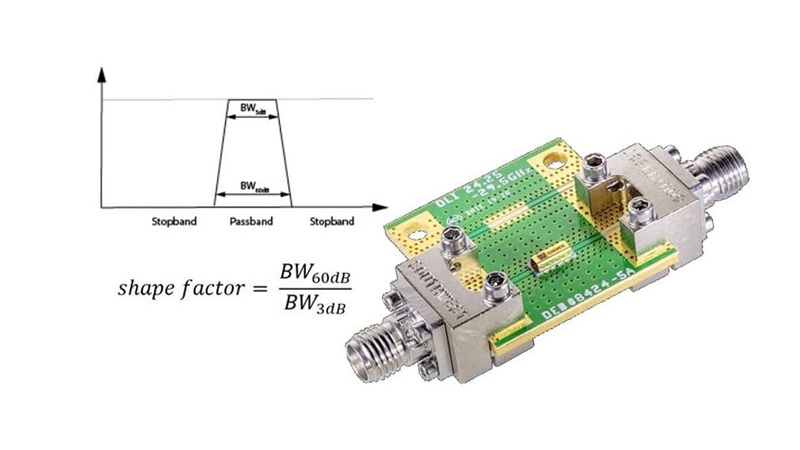

Shape factor reflects filter performance, measuring transition sharpness between passband and attenuation levels for optimal selectivity.
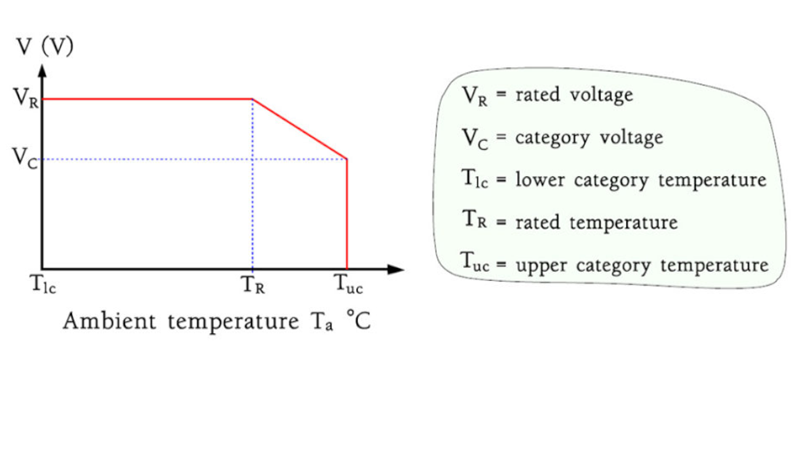
Derating and category concepts optimize capacitor reliability by reducing stress and ensuring safe operation within limits.
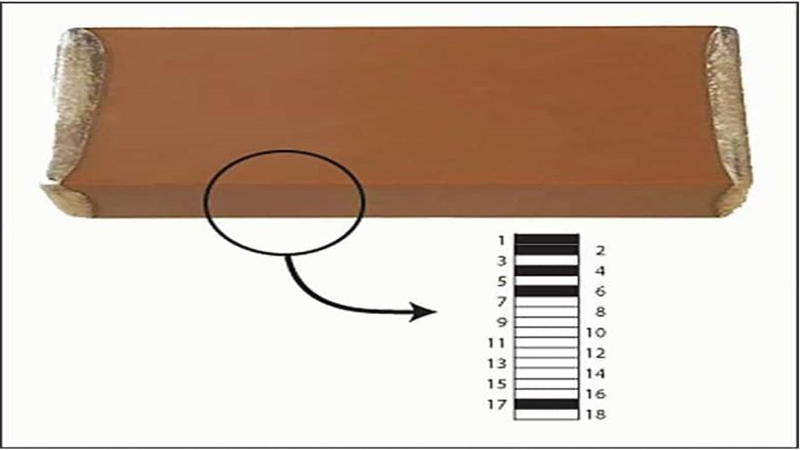
The article discusses the application of CSAM in detecting internal defects, such as air gaps and cracks, within high-voltage multilayer ceramic capacitors (MLCCs).
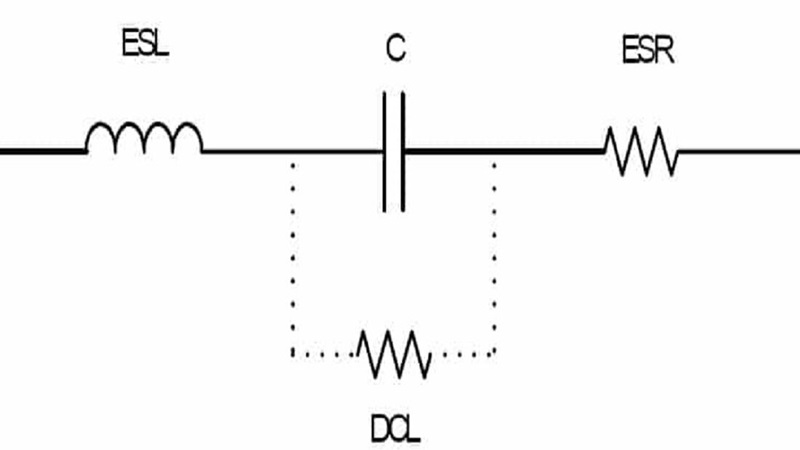
Leakage current impacts capacitor performance, influenced by voltage, temperature, and time, with variations across capacitor types.
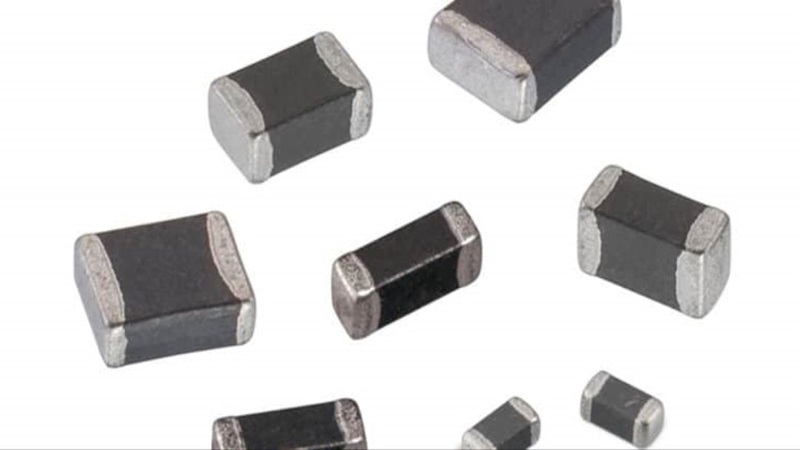
SMD inductors offer miniaturization and efficiency, with multilayer and wire-wound designs ideal for dense, high-performance circuits.
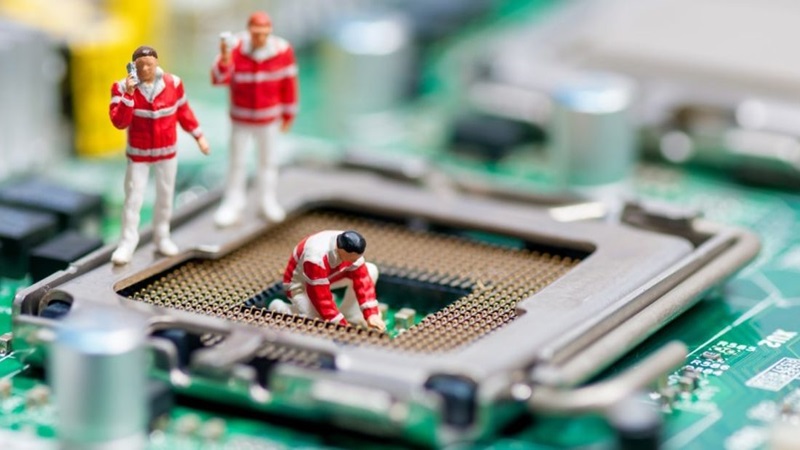
Failure analysis (FA) is essential for identifying root causes in passive component malfunctions, enhancing system reliability.
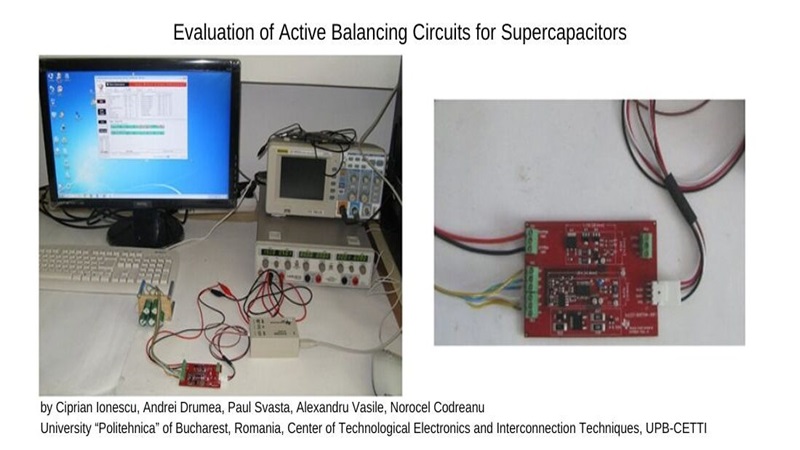
Active balancing circuits like Texas Instruments’ bq33100 enhance supercapacitor banks with efficient charge control and protection.
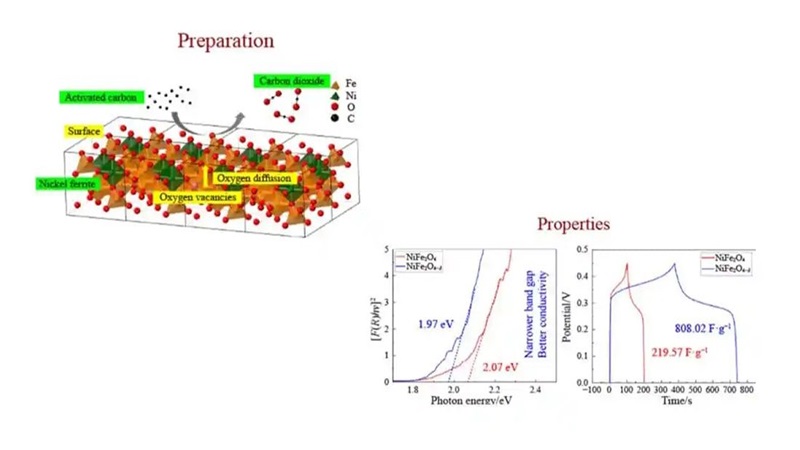
Oxygen vacancy engineering enhances metal oxides like NiFe₂O₄ for supercapacitor electrodes, boosting conductivity and capacitance.
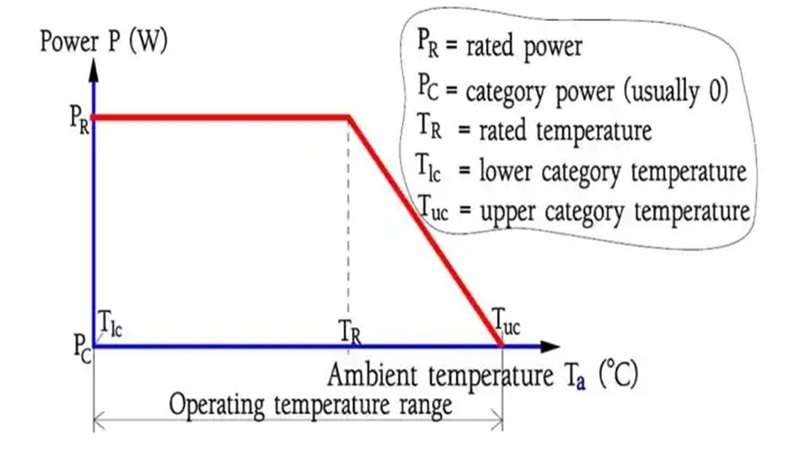
Understand resistors’ pulse load, power derating, and material considerations to ensure reliability and longevity in electronic circuits.
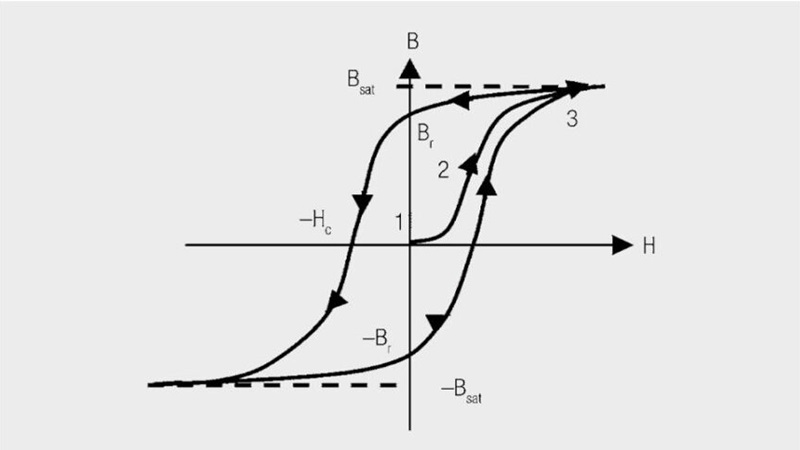
Examine the inductor core, its materials, losses, and factors affecting performance in magnetic field applications.

Toroidal power inductors offer low EMI, efficient design, and are essential for switching and DC-DC converters in electronic systems.

This Würth Elektronik webinar explains key power inductor parameters and how they are impacted by different constructions, core materials, and shapes.
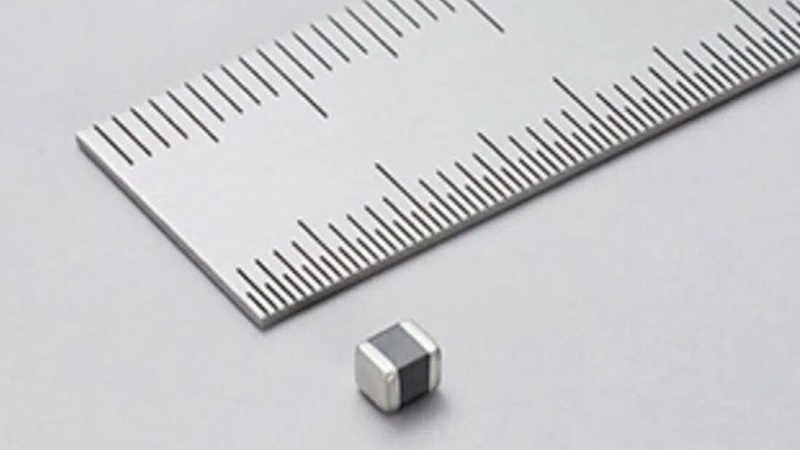
Murata has introduced the BLE32SN series of chip ferrite beads, marking a significant advancement in noise suppression components.
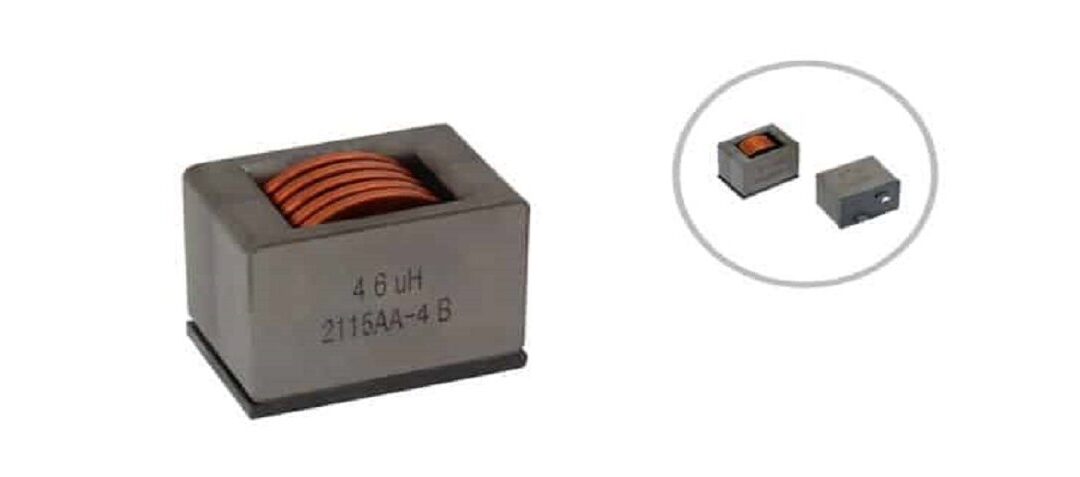
Vishay’s edge-wound inductors offer high current, low DCR, and stability up to 180°C for demanding industrial and military applications.
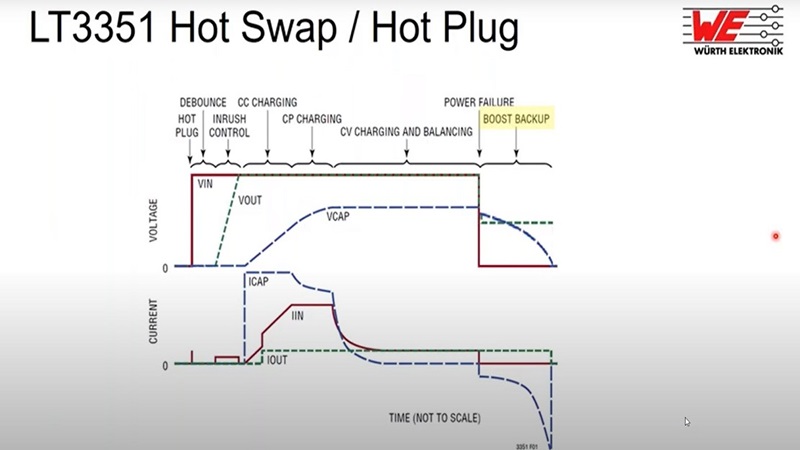
Würth Elektronik demonstrates a 24V hot-swappable backup solution, supercapacitor performance, and design-in tools like ANP077.
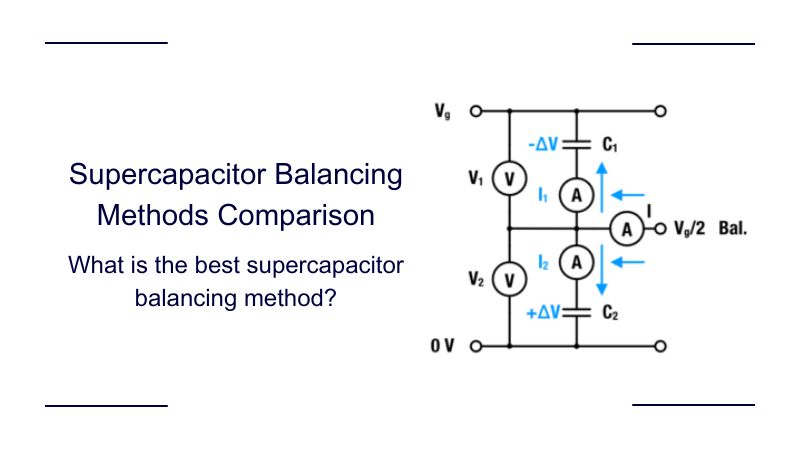
Identify the best supercapacitor balancing method by comparing speed, power dissipation, and cost across resistor, Zener diode, MOSFET, OP-AMP, and DC/DC solutions.
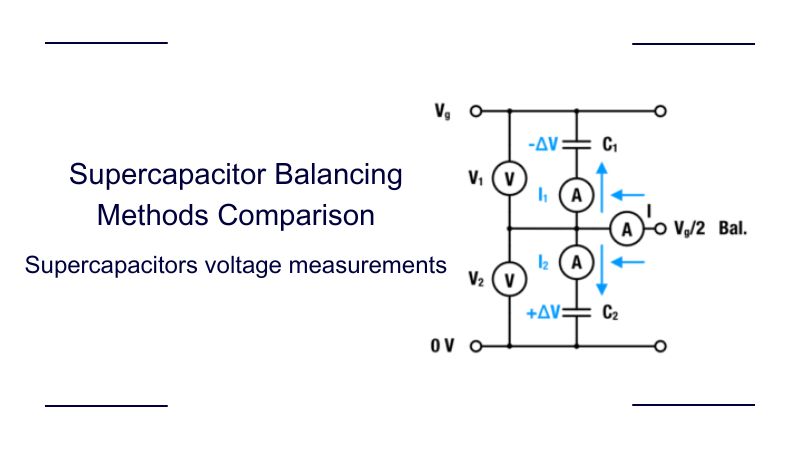
Analyze voltage measurement in supercapacitor balancing strategies, comparing passive and active methods for efficiency and application suitability.
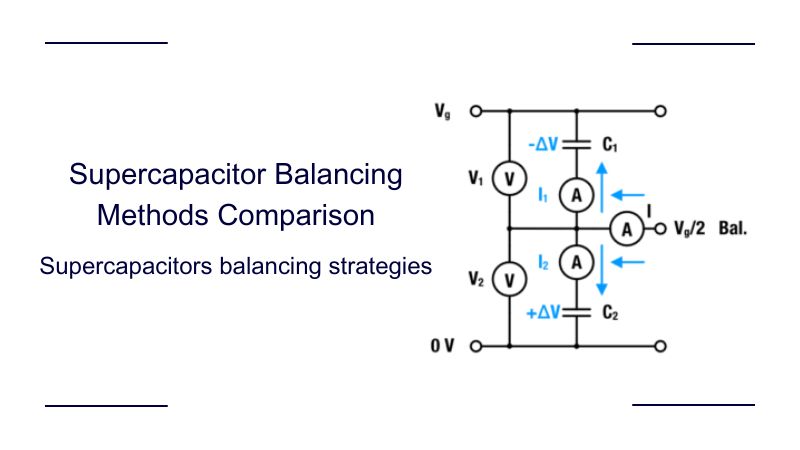
Explore effective supercapacitor balancing techniques, including passive resistors, Zener diodes, MOSFETs, and active DC-DC converter strategies.

Understand supercapacitor balancing, addressing voltage imbalances, required currents, and effects of insulation resistance in series stacks.

Supercapacitor balancing methods prevent overvoltage in cascades, ensuring longevity by addressing capacitance and resistance variations.